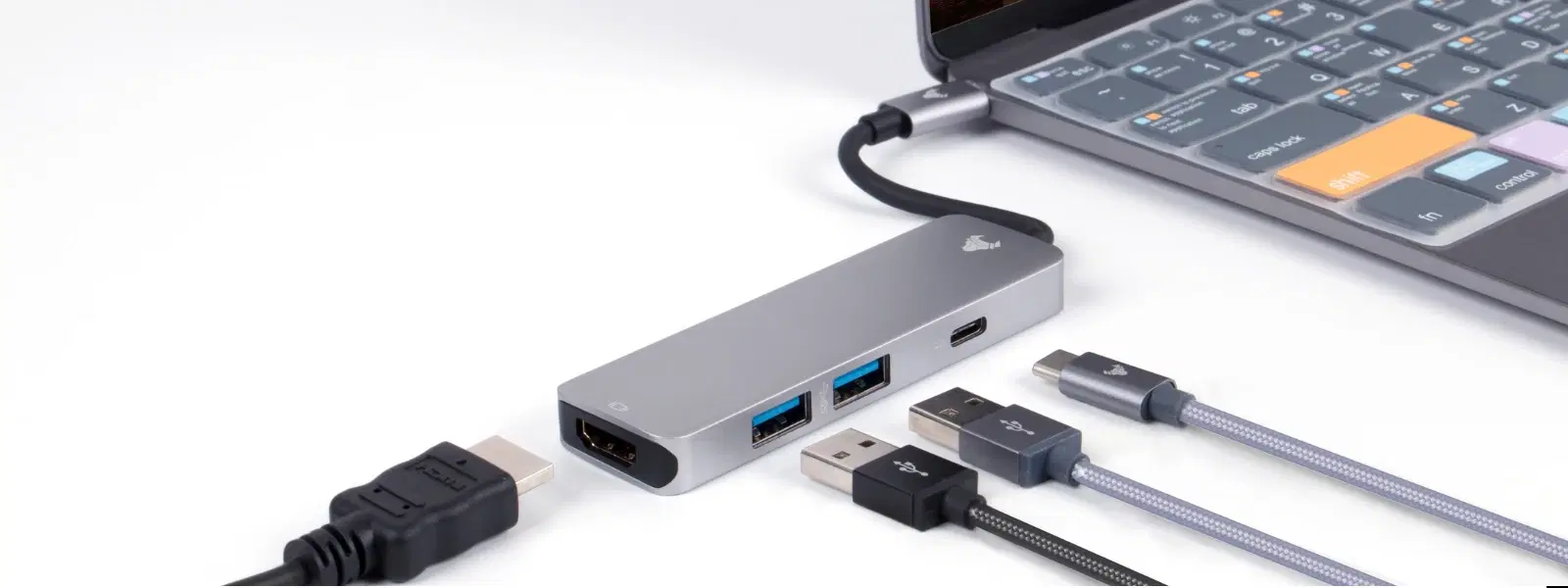
Consumer Electronics
•04 min read
Have you ever struggled with installing Windows 7 on a device without a DVD drive? A bootable USB is the answer to your problem! In this guide, we walk you through the process of creating a bootable USB drive for Windows 7 with clear steps and simple language. You will learn both a software-based approach using tools like Rufus and a manual method via Command Prompt, ensuring a reliable installation media is prepared for your needs.
A bootable USB drive is a portable device that holds all the necessary installation files for an operating system, such as Windows 7. It provides a flexible and fast alternative to traditional methods using DVDs. This method is especially useful when physical media are not available or when speed and convenience matter most.
Before you begin, ensure you have the following on hand: a USB drive with at least 4GB of storage, a genuine Windows 7 ISO file, and tools like Rufus or the Command Prompt using DISKPART to manage the process. Also, check that your computer has an accessible USB port.
First, format your USB drive to ensure it is ready for Windows installation files. Choosing the appropriate file system is key; while FAT32 is widely compatible, NTFS may be required for larger files. This step helps avoid errors during the installation process.
Next, download a trustworthy Windows 7 ISO file from a verified source. It is essential to verify the authenticity of the file to prevent issues during installation, such as corruption or incomplete files. A safe download guarantees that your bootable drive will function smoothly.
Rufus is one of the most reliable tools when it comes to creating a bootable USB drive for Windows 7. Begin by downloading and installing Rufus on your computer. Once installed, open Rufus and select your USB drive. Next, choose the Windows 7 ISO file and set the configuration options such as the partition scheme and target system. Finally, start the creation process. These steps are simple to follow, and the tool will handle the rest.
Other methods exist for creating a bootable USB. Some users prefer tools that provide a step-by-step wizard specifically tailored for Windows, while others may use similar software. However, each tool generally requires the same basic inputs: the USB drive and the ISO file. It is important to choose the method that best suits your comfort level and needs when preparing a bootable USB drive.
If you prefer a manual approach, the Command Prompt method using DISKPART is a great alternative. Open the Command Prompt with administrative privileges and launch DISKPART. Clean and format your USB drive, create a primary partition and make it active. Then, copy over the Windows installation files all while ensuring each step is followed meticulously. This method ensures you gain a deeper understanding of the process behind bootable USB creation.
After preparing your USB drive, you need to ensure that your computer recognises it as the primary boot device. Restart your computer and enter the BIOS settings. Look for the boot options menu and adjust the settings to prioritise the USB drive. For many systems, this will involve enabling USB boot support and checking that the boot order is set accordingly. Remember to check availability as some settings might differ depending on your hardware.
Pro Tip: Verifying Bootable USB Creation Success
Did you know? Before using your bootable USB, you can test its functionality using virtual machines like VirtualBox or VMware. This simple check can help ensure that everything is set up perfectly before proceeding with the installation.
With your bootable USB ready, plug it into your computer and restart the system. As the computer boots up, the Windows 7 installation wizard will appear. Follow the on-screen instructions to select language settings, enter your product key when needed and choose the installation type. The process is user-friendly and guides you through confirming your choices, installing files, and setting up your operating system.
If you encounter problems such as the USB not being detected or the bootable drive not working correctly, double-check that you have followed every step carefully. Ensure that the BIOS settings are correct and that the USB drive was formatted properly. Should an error occur during installation, reviewing each step may help identify and resolve the issue promptly.
Use tools like Rufus or the DISKPART method with the appropriate Windows 7 ISO file to format and load your USB drive.
You can create a bootable USB using software like Rufus or manually through the Command Prompt. Both methods require a Windows ISO file and a USB drive.
Yes, Rufus is one of the most trusted tools for creating a bootable USB drive for Windows 7 with ease.
Access BIOS settings by pressing a specific key during startup, such as F2 or DEL. Then navigate to the boot options menu and set the USB drive as the first boot device.
Creating a bootable USB for Windows 7 is a straightforward process when armed with the right tools and clear instruction. Whether you choose a software-based solution like Rufus or opt for the manual DISKPART method, this guide ensures you are well-equipped to prepare a USB installation drive for your operating system. With the added benefit of earning NeuCoins on Tata Neu when you shop for other gadgets or tech accessories, you can enjoy additional value from every transaction. This trusted platform combines the convenience of online and offline shopping while offering extra savings to your wallet. Explore more tutorials and insights to boost your tech skills and make smart shopping choices with Tata Neu as your guide.